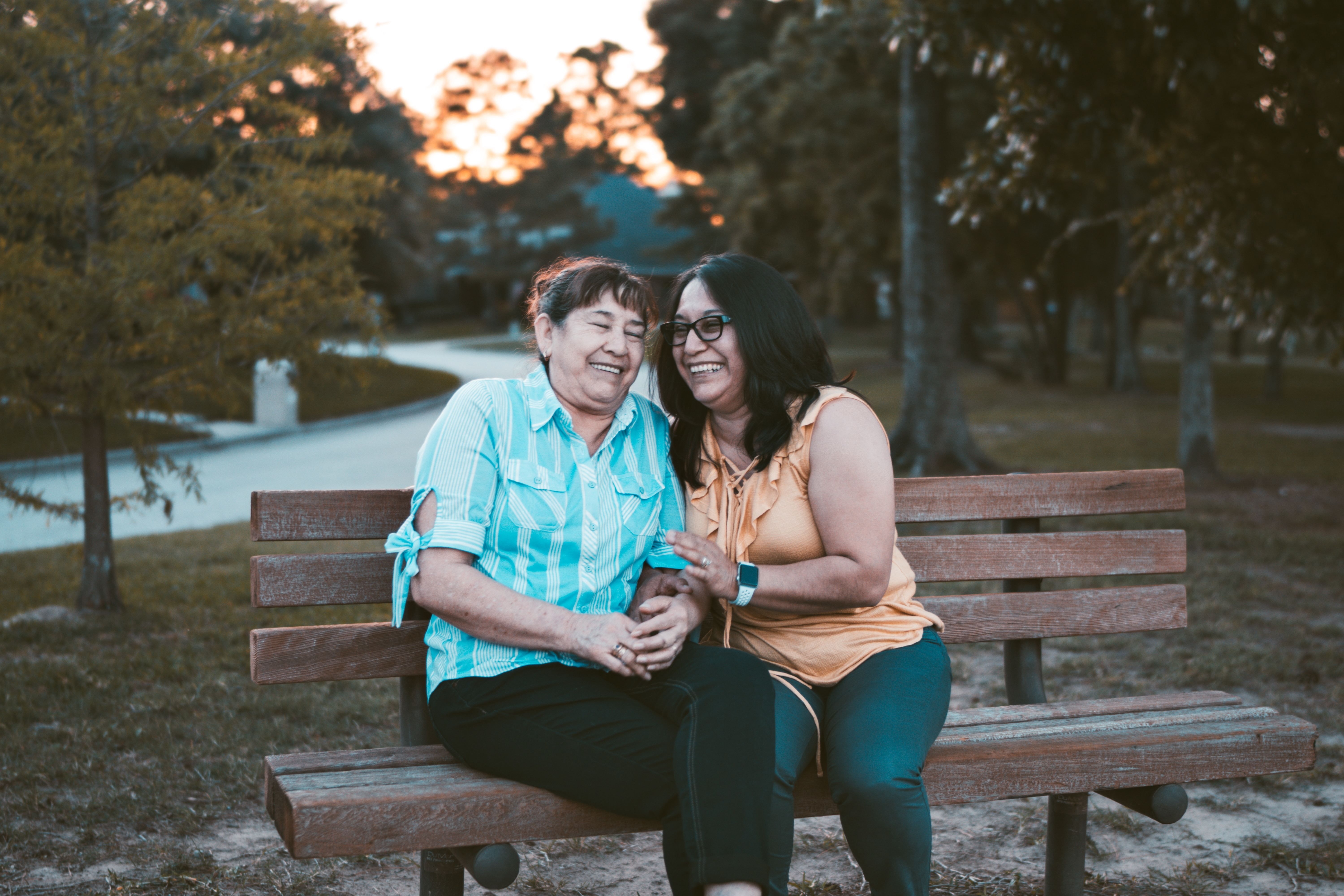Over 90% of people living with Sjögren’s suffer from Dry Eye Disease (DED), an inflammatory condition in which either the tear film evaporates too quickly, or tear production is too low resulting in burning pain, infections, and corneal damage.
Most clinical research has studied the effects of single treatment agents, when in reality Sjögren’s DED is rarely treated using a single agent. A South Korean study published in the Journal of Clinical Medicine: “Comparison of Treatment Modalities for Dry Eye in Primary Sjögren’s Syndrome” compared how different treatments worked on a group of study participants.
The study included 199 newly diagnosed Sjögren’s patients treated at a South Korean hospital. Their mean age was 52.3 of which 95% were women. The mean follow-up duration was 5.4 years with a range of 2 to 14 years. A total of 3,468 treatment plans were evaluated including oral pilocarpine, low dose oral steroids, tear substitutes, topical cyclosporine, steroid eye drops, and punctal plug insertion (lower and/or upper). About 18% of patients had inflammation in the eye surface. Some of the tear substitutes used in this study are not available in Canada.
The primary goal was to measure how each treatment affected patients’ corneal staining scores (CSS) which assess the corneal damage. A secondary outcome measured changes in dry eye symptoms using SICCA (Sjögren’s International Collaborative Clinical Alliance) scores which evaluates patients’ reported symptoms.
Statistical analyses showed that punctal plug insertion in the lower and upper eyelids was the most significantly effective agent for lowering CSS and improving SICCA dry eye symptoms in patients with or without inflammation. Long-term punctal plug insertion was used in 80% of the patient participants. An examination of how patients managed their dry eyes in the long-term identified that 80% used punctal plugs as a long-term maintenance strategy, tear substitutes (gel or ointment) were used by 21%, oral pilocarpine was used by 14% and oral steroids by 6%.
Researchers concluded: “Punctal plug insertion, which primarily targets aqueous deficiency is the mainstay of the treatment for Sjögren’s dry eye even in the presence of ocular surface inflammation”.
Ahn, H. et.al. Journal of Clinical Medicine January 17, 2022


